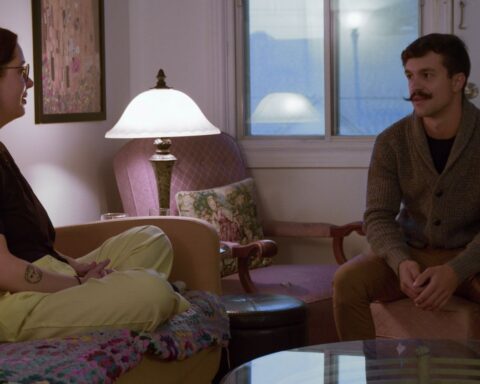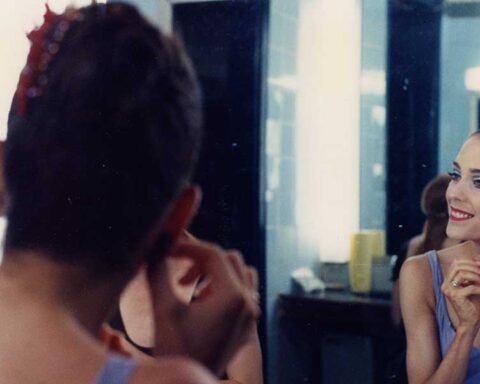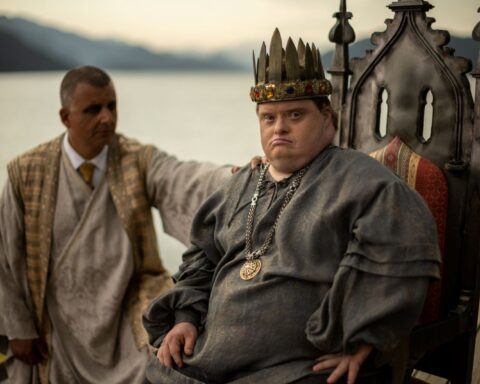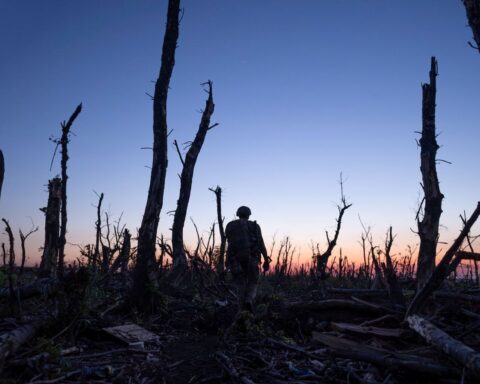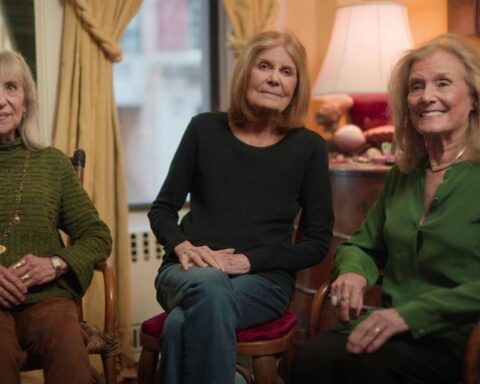Colin Low, who passed away this February, was part of a Golden Generation of filmmakers who produced groundbreaking documentaries, experimental films and animated shorts at the National Film Board in the ’50s and ’60s. Working with the likes of Wolf Koenig, Roman Kroitor, Tom Daly, Bob Verrall and Arthur Lipsett, among others, Low took a leadership role that came to him naturally and was involved with such classic NFB shorts as Corral, City of Gold, Romance of Transportation in Canada, Universe and Very Nice, Very Nice.
In fact, he joined the Board earlier than most of his colleagues, in 1945, when John Grierson, the legendary founder of the NFB was still the Commissioner and Norman McLaren ran the animation unit. Trained as an artist and with a natural flair for resolving technical challenges, Low was involved with the creation what is now called the “Ken Burns effect”: the use of panning and zooming over historic photos in order to dramatize the past. (To his credit, Burns [The Civil War, Baseball, Jazz] always acknowledged that Low and Koenig’s small team at the Board were the true creators of his “effect.”)
For Universe (1960), Low and Koenig were able to animate and create special effects that replicated the solar system with such innovation and clarity that Stanley Kubrick attempted to hire many members of the NFB for 2001: A Space Odyssey. Low turned him down because he was already involved in the making of Laybrinthe, the massive multi-media widescreen installation that was one of the biggest hits at Montreal’s acclaimed Expo ’67. Besides being a huge popular success, Labyrinthe is considered to be the precursor to IMAX, the immersive widescreen experience that has proven to be a global hit.
In the Labyrinth, Roman Kroitor, Colin Low & Hugh O’Connor, National Film Board of Canada
Low was more than a mere technical wizard: he was a man of politics, philosophy and poetry. Right after Labyrinthe, he went to Fogo Island to explore how a community in the farthest reaches of Newfoundland could break out of a cycle of poverty. He willingly spent over a year making 16mm films on minimal budgets at a time when his greatest multi-screen project was playing to adoring crowds.
Billy Crane Moves Away, Colin Low, National Film Board of Canada
Colin Low was a genuinely humble man, who believed in the Film Board’s credo, “to represent Canada to Canadians.” If there’s a film that best shows Low as a personal artist, it must be Corral, that simple, evocative look at horses and cowboys, shot with a single camera in his native Alberta. But Low’s career went beyond the personal. His works were intended for Canada—and he encapsulates the spirit of the Film Board at its zenith.
Corral, Colin Low, National Film Board of Canada




